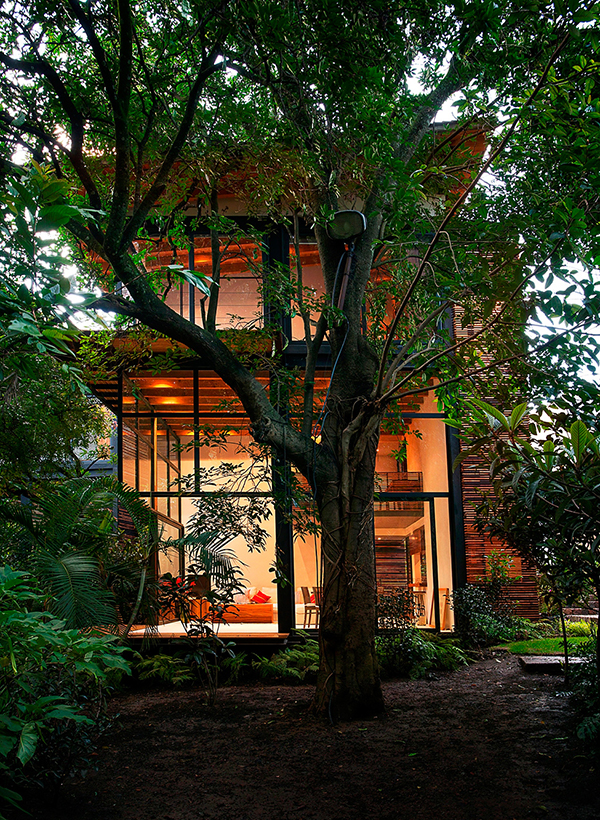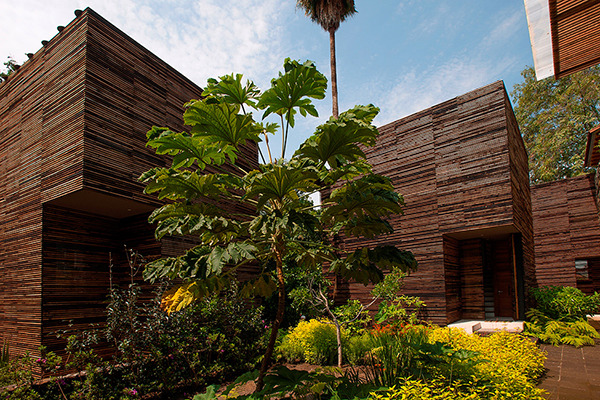houses in a garden
/The brilliance of designing houses that truly fit into a garden is exmplified by this design in Mexico of Alejandro Sanchez Garcia Arquitectos. The development, Casa Chipicas, comprises four townhouses set in a wooded garden setting.
 image: alejandro sanchez garcia arquitectos
image: alejandro sanchez garcia arquitectos
As outlined in this piece from freshome, "Private Garden in Mexico Accommodating Four Wooden Houses", these houses look like "gorgeous little vacation resorts".
Residents enter via a shared landscaped access area but largely blank facades present towards the pathways and, in that way, preserve privacy. Each has a yard onto which the living rooms spill over with carefully selected and tended trees and shrubs providing picturesque green barriers between the houses. The three storey structures ensure necessary habitable space is achieved without sacrificing the garden.
The ambience tends towards tamed wilderness but these houses appear to be located within a developed area. The defining characteristic, therefore, is the fantastic garden.
 image: alejandro sanchez garcia arquitectos
image: alejandro sanchez garcia arquitectos
The equivalent in Bermuda could be a wooded area where a stand of, say, Fiddlewood or Spice trees might be sacrificed for the house footprint and the houses themselves constructed upwards rather than outwards. Dedication to intelligent garden design is required, along with a preference for a yard the size of a postage stamp instead of a football field. It's possible and, given the island's limited land mass, ought to be preferable.




